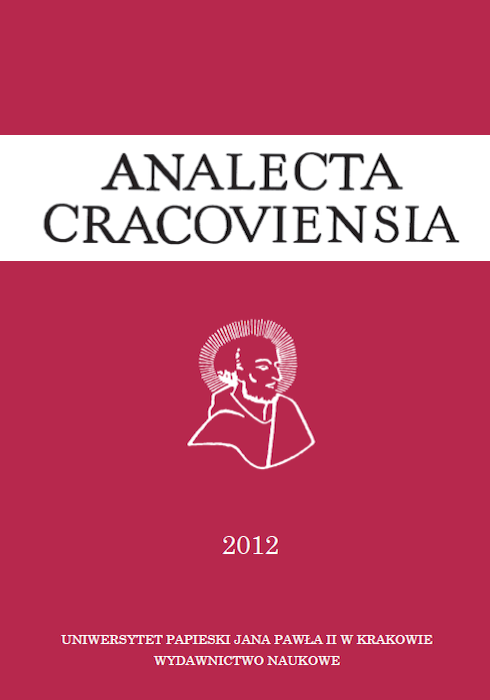Konsekwencje prawne dopełnienia i niedopełnienia małżeństwa w prawie kanonicznym
DOI:
https://doi.org/10.15633/acr.23Słowa kluczowe:
Consummation of marriage, dissolution of marriage, non-consummation of marriageAbstrakt
The article discuses the legal significance of consummation and non-consummation of marriage in the case of a sacramental marriage and in a marriage in which the category ratum does not apply. In the first part of the article the author presents a historical perspective on the formation of the category of consummation in marriage between baptized spouses and its significance for the absolute indissolubility of marriage. Next the author discusses consummation of marriage between a baptized party and a non-baptized party and the fact that such a consummation has no impact whatsoever on the very possibility of marriage dissolution. Furthermore, the author presents various types of the ratum et non consummatum marriage and attempts to decide who, depending on the type of such a marriage, has the competence to examine the case and submit the petition to the Supreme Pontiff requesting the favour of dissolution of the ratum et non consummatum marriage – the Tribunal of the Roman Rota or the Congregation for the Doctrine of the Faith. Finally, the author discuses the meaning of the legal figure of the non ratum et non consummatum marriage.
Pobrania
Opublikowane
Numer
Dział
Licencja
Prawa autorskie (c) 2012 Andrzej Wójcik

Praca jest udostępniana na licencji Creative Commons Attribution-NonCommercial-NoDerivatives 3.0 Unported License.
Obecnie autorzy publikujący w czasopiśmie udzielają jego wydawcy zgody o następującej treści:
- Autor zachowuje autorskie prawa majątkowe do utworu, a jednocześnie udziela wydawcy czasopisma zgody na jego pierwszą publikację w wersji drukowanej i wersji online na licencji Creative Commons Uznanie autorstwa 4.0 Międzynarodowe oraz zgody na wykonywanie opracowań, w tym przekładów.
- Autor ma możliwość udzielania zgody niewyłącznej na opublikowanie utworu w wersji, która ukazała się w czasopiśmie (np. zamieszczenia go w repozytorium instytucjonalnym lub opublikowania w książce), wraz z informacją o jego pierwszej publikacji w czasopiśmie.
- Autor może umieścić swój utwór online (np. w repozytorium instytucjonalnym lub na swojej stronie internetowej) jeszcze przed zgłoszeniem utworu do czasopisma.

